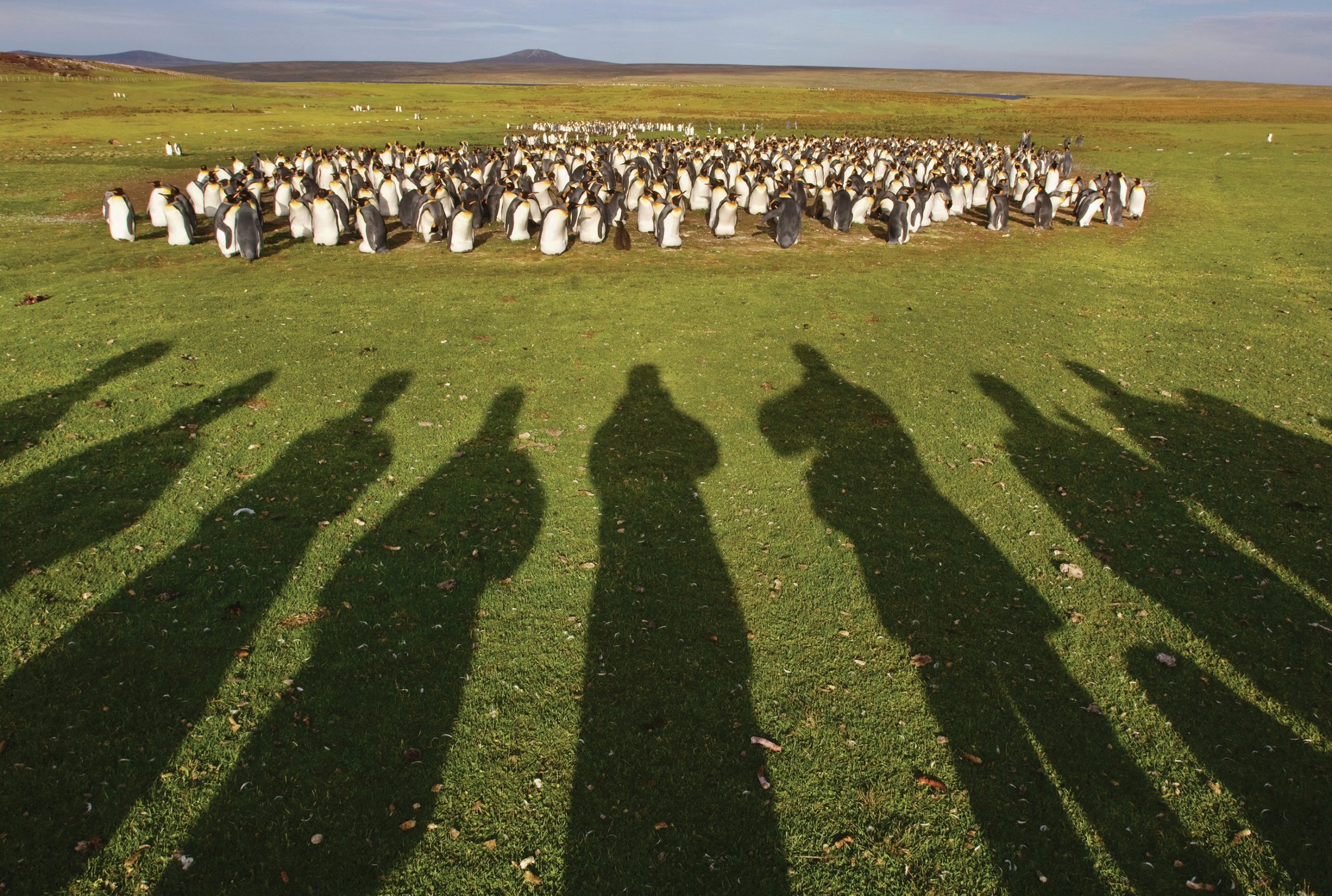
Ecotourism is increasingly popular, especially with wealthier middle-class Westerners (Box 1). Destinations tend to be exotic and hard to reach — places that involve a sense of adventure. The Falkland Islands (resident population 3,000) is an ecotourism destination for visitors arriving either by air for an extended stay, or on short stop-overs from cruise ships whose destination is the Antarctic.
The Falkland Islands are an archipelago of over 700 islands lying in the South Atlantic Ocean (Figure 1). There are two main islands, East and West Falkland. The total area is 12,173 km2 — about the size of Northern Ireland. The islands have been settled by humans for hundreds of years and human impact has altered the landscapes and wildlife. Despite an undeserved reputation for harsh weather, they have become an important destination for ecotourists seeking a wildlife experience.
Your organisation does not have access to this article.
Sign up today to give your students the edge they need to achieve their best grades with subject expertise
Subscribe




